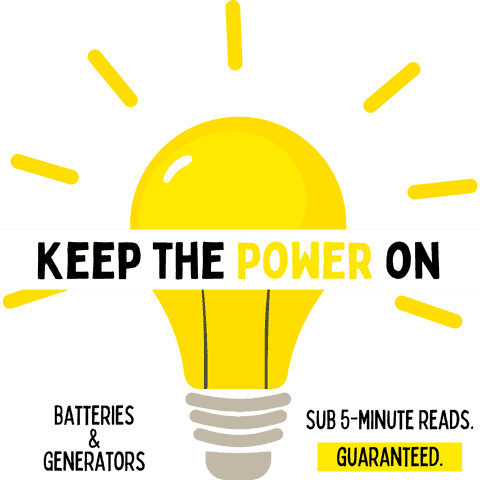Whether you’re going on vacation and need to hook up a float charger, or maybe you just need to fully charge your battery after a getting a jump, you might find yourself wondering if you need to disconnect your car’s battery terminals before charging.
Does a Car Battery Need to be Disconnected Before Charging?
With modern smart chargers it is not necessary to disconnect your car’s battery before charging. Simply hook up the charging cables to the appropriate battery terminals and then plug in the charger. A charger with a float, maintenance, or stand-by mode can be left on the battery indefinitely as it will not overcharge the battery when the charging process is complete.
Modern chargers, or smart chargers, are basically a miniature computer with lots of diagnostic tools for taking care of your car’s battery and only giving it the charge that it can accept at any given time.
These chargers are often equipped with anti-spark features, reverse polarity protection, and often have their own inline fuse that will blow if there is a problem before the battery or car’s electronics are ever compromised.
Do I Need to Disconnect My Car Battery When Going on Vacation?
There’s no doubt that if you don’t drive your car for a few weeks that you will find it difficult, if not impossible, to start your car because of a dead battery.
Modern cars are full of electronics which go into sleep mode when your engine is turned off. They never truly turn off themselves, and therefore still require a small amount of current from your battery. This draw on your battery when your car is not in use is called parasitic draw.
A normal range for parasitic draw is 0.03-0.085 amps which is tiny, but it’s still enough to drain a car battery enough after 2-4 weeks so that it won’t turn over the engine.
You can prevent a dead battery while you’re on vacation by doing one of the following:
- Disconnect the car’s negative (black) terminal
- Connect (and leave connected) a charger with a float mode prior to leaving
Disconnecting the negative terminal is relatively easy, and usually just requires a crescent wrench to loosen the fitting.
The downside of disconnecting your battery (only the negative terminal is required) is that it will reset all of your radio presets, Bluetooth connections, or any other electronic custom settings that you’ve made.
You’re also not completely safe from your battery going bad, as a lead acid battery will naturally self-discharge about 5% per month even when disconnected. Still, as long as you left with a good battery, you will likely still be able to start your car if you return within a calendar year — but your battery will suffer from sulfation.
The second option is to connect a modern smart charger to your battery and leave it connected until you return. Most (but not all, so make sure to check) modern smart chargers will have a float, maintenance, or stand-by mode which will keep the battery topped off at 100% without overcharging it.
These battery chargers, unlike older trickle chargers, do not keep pumping in current into the battery after it is fully charged. Older chargers that explicitly say to “not overcharge battery” or “disconnect after charging” will ruin your battery within days if left connected.
The charger that I have used for years is this 4-amp charger and maintainer (Amazon) which is perfectly sized for any car battery. It is gentle enough to not overcharge or overheat the battery, but it’s also large enough to fully charge a dead battery overnight if needed. You can leave this charger hooked up to your battery indefinitely without damaging anything and your battery will be ready to go when you return!
